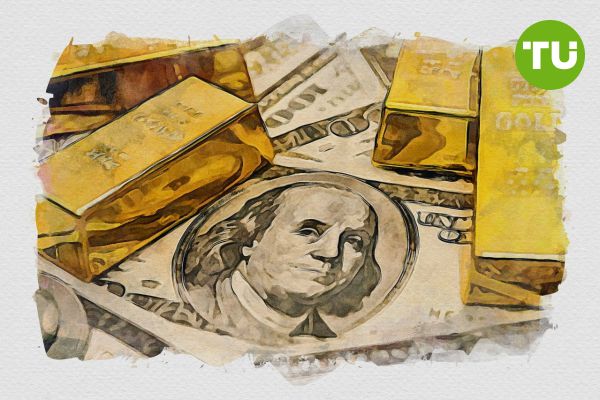Gold price stalls after failed breakout as buyers show signs of exhaustion
 Gold stuck in a tight range, waiting for breakout
Gold stuck in a tight range, waiting for breakout
Gold price has been consolidating near its all-time high for the past four days, trading within a tight 1.2% range. While the metal briefly surged above its peak of $2,955, it failed to hold gains, reversing within the range.
The price action suggests that bullish momentum is losing strength, with traders showing hesitation at these elevated levels. Despite this, key technical support levels are still holding, leaving the market at a critical juncture.
As of Tuesday, February 25, gold opened at $2,950 before declining 0.6% in the Asian session, reaching $2,935. At this level, the drop was cushioned by the 100-hour Exponential Moving Average (EMA) and an intraday bullish trendline that has remained intact since last week. Gold remains near this support in early European trading, and whether it holds could dictate the next price move.
Gold price dynamics (February 2025). Source: TradingView.
The Relative Strength Index (RSI) on the daily chart indicates slightly overbought conditions, prompting some traders to scale back long positions. The hesitation among buyers suggests that the market may struggle to sustain further gains in the near term.
Macroeconomic risks and tariff concerns provide underlying support for gold
However, broader macroeconomic concerns continue to provide underlying support for gold. Concerns over potential economic fallout from U.S. President Donald Trump’s reaffirmation of planned tariffs on Canada and Mexico are helping to keep gold near record highs. Safe-haven demand remains a key factor, but price action indicates that investors are taking a more cautious approach.
If the current technical support around $2,935 holds, buyers could regain momentum. However, a break below this level would expose the lower end of the consolidation range, increasing the risk of further downside. The next move hinges on whether buyers step in to defend support or if selling pressure intensifies.
Gold traded in a tight range near $2,955, with $2,920 acting as strong support. Safe-haven demand increased as geopolitical tensions and trade policy uncertainty pressured the market.













































































































































